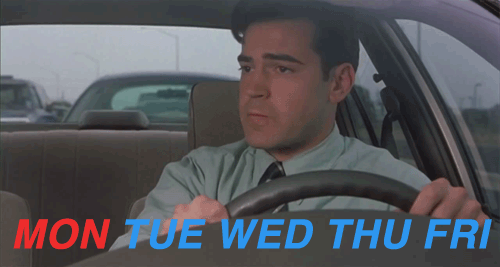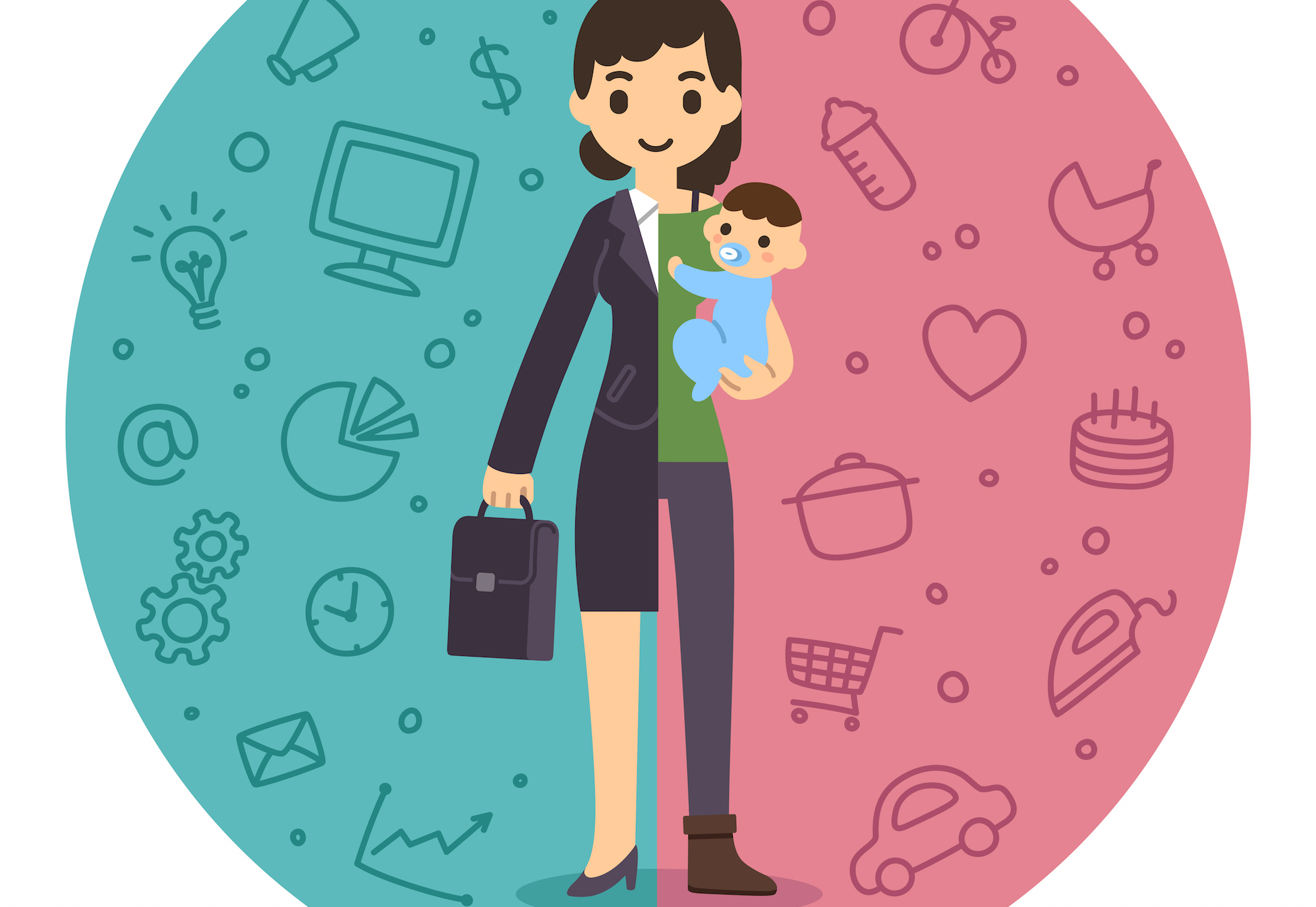
There are millions of books in the world (and almost definitely hundreds of millions—last they checked, Google had the count at 129,864,880, and that was seven years ago). The rabid and/or competitive readers among you will now be asking yourselves: yes, yes, now how will I read them all?
Well, you won’t.
 Well, this should be obvious, but it still stings. I’ve experienced an existential crisis or two based on this very realization. Furthermore, as the author continues, “My to-read list is tantalizingly endless, and I often find myself thinking about the fact that my reading time/life is finite when I’m trying to get through a book that I know I should like but is boring (or annoying) me. As Hari Kunzru put it recently in the New York Times Book Review: “I used to force myself to finish everything I started, which I think is quite good discipline when you’re young, but once you’ve established your taste, and the penny drops that there are only a certain number of books you’ll get to read before you die, reading bad ones becomes almost nauseating.””
Well, this should be obvious, but it still stings. I’ve experienced an existential crisis or two based on this very realization. Furthermore, as the author continues, “My to-read list is tantalizingly endless, and I often find myself thinking about the fact that my reading time/life is finite when I’m trying to get through a book that I know I should like but is boring (or annoying) me. As Hari Kunzru put it recently in the New York Times Book Review: “I used to force myself to finish everything I started, which I think is quite good discipline when you’re young, but once you’ve established your taste, and the penny drops that there are only a certain number of books you’ll get to read before you die, reading bad ones becomes almost nauseating.””
So how many books have you got left in you? Using the Social Security Life Expectancy Calculator combined with three reader categories,[ref]”Average” is 12 books a year, “Voracious” is 50, and “Super reader” is 80.[/ref] you can get a good idea of how many books you’ll get through before you kick the bucket:
25 and female: 86 (61 years left)
Average reader: 732
Voracious reader: 3,050
Super reader: 4,880
25 and male: 82 (57 years left)
Average reader: 684
Voracious reader: 2,850
Super reader: 4,560
30 and female: 86 (56 years left)
Average reader: 672
Voracious reader: 2,800
Super reader: 4,480
30 and male: 82 (52 years left)
Average reader: 624
Voracious reader: 2,600
Super reader: 4,160
35 and female: 86 (51 years left)
Average reader: 612
Voracious reader: 2,550
Super reader: 4,080
35 and male: 82 (47 years left)
Average reader: 564
Voracious reader: 2,350
Super reader: 3,670
40 and female: 85.5 (45.5 years left)
Average reader: 546
Voracious reader: 2,275
Super reader: 3,640
40 and male: 82 (42 years left)
Average reader: 504
Voracious reader: 2,100
Super reader: 3,260
45 and female: 85.5 (40.5 years left)
Average reader: 486
Voracious reader: 2,025
Super reader: 3,240
45 and male: 82 (37 years left)
Average reader: 444
Voracious reader: 1,850
Super reader: 2,960
50 and female: 85.5 (35.5 years left)
Average reader: 426
Voracious reader: 1,775
Super reader: 2,840
50 and male: 82 (32 years left)
Average reader: 384
Voracious reader: 1,600
Super reader: 2,560
55 and female: 86 (31 years left)
Average reader: 372
Voracious reader: 1,550
Super reader: 2,480
55 and male: 83 (28 years left)
Average reader: 336
Voracious reader: 1,400
Super reader: 2,240
60 and female: 86 (26 years left)
Average reader: 312
Voracious reader: 1,300
Super reader: 2,080
60 and male: 83 (23 years left)
Average reader: 276
Voracious reader: 1,150
Super reader: 1,840
65 and female: 87 (22 years left)
Average reader: 264
Voracious reader: 1,100
Super reader: 1,760
65 and male: 84 (19 years left)
Average reader: 228
Voracious reader: 950
Super reader: 1,520
70 and female: 87.5 (17.5 years left)
Average reader: 210
Voracious reader: 875
Super reader: 1,400
70 and male: 85 (15 years left)
Average reader: 180
Voracious reader: 750
Super reader: 1,200
75 and female: 89 (14 years left)
Average reader: 168
Voracious reader: 700
Super reader: 1,120
75 and male: 87 (12 years left)
Average reader: 144
Voracious reader: 600
Super reader: 960
80 and female: 90 (10 years left)
Average reader: 120
Voracious reader: 500
Super reader: 800
80 and male: 89 (9 years left)
Average reader: 108
Voracious reader: 450
Super reader: 720
So chop chop. Up that number. Who needs sleep?


 Imprisonment for drug crimes as opposed to non-prison sentences such as jail stays and terms of probation was not associated with a reduction in the likelihood of recidivism. That “null” finding held for all felony drug offenders as well as for different racial, ethnic, gender, and age groups and for inmates with different punishment histories. The sole and notable exception was for whites. For white drug offenders, imprisonment—as compared to being sentenced to community sanctions such as jail, intensive probation, or probation— appeared to increase recidivism. The results of this study thus do not support the argument that prison appreciably reduces or increases recidivism for most drug offenders, but they do suggest the possibility that it may do so for white drug offenders.
Imprisonment for drug crimes as opposed to non-prison sentences such as jail stays and terms of probation was not associated with a reduction in the likelihood of recidivism. That “null” finding held for all felony drug offenders as well as for different racial, ethnic, gender, and age groups and for inmates with different punishment histories. The sole and notable exception was for whites. For white drug offenders, imprisonment—as compared to being sentenced to community sanctions such as jail, intensive probation, or probation— appeared to increase recidivism. The results of this study thus do not support the argument that prison appreciably reduces or increases recidivism for most drug offenders, but they do suggest the possibility that it may do so for white drug offenders. In many situations, the better approach to mitigating political ignorance is not to give up on empowering ordinary people, but to do so in a different way. Instead of putting our faith in political participation, we can instead give people more opportunities to
In many situations, the better approach to mitigating political ignorance is not to give up on empowering ordinary people, but to do so in a different way. Instead of putting our faith in political participation, we can instead give people more opportunities to 


/cdn.vox-cdn.com/uploads/chorus_asset/file/8489057/1_s2.0_S0022103116304024_gr1.jpg)
